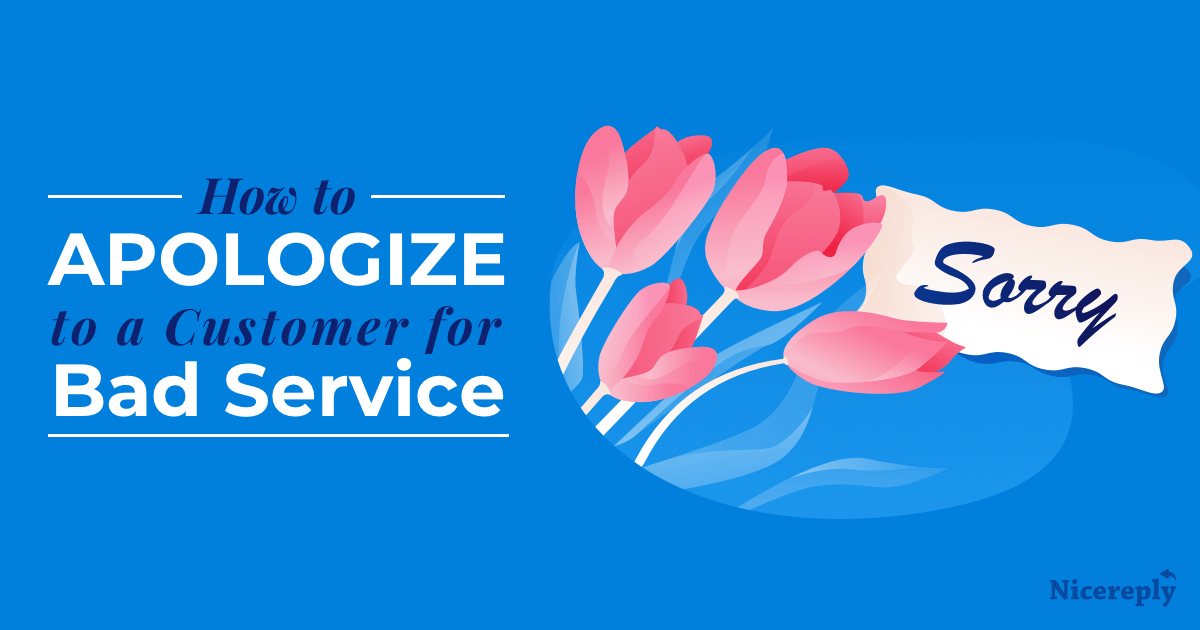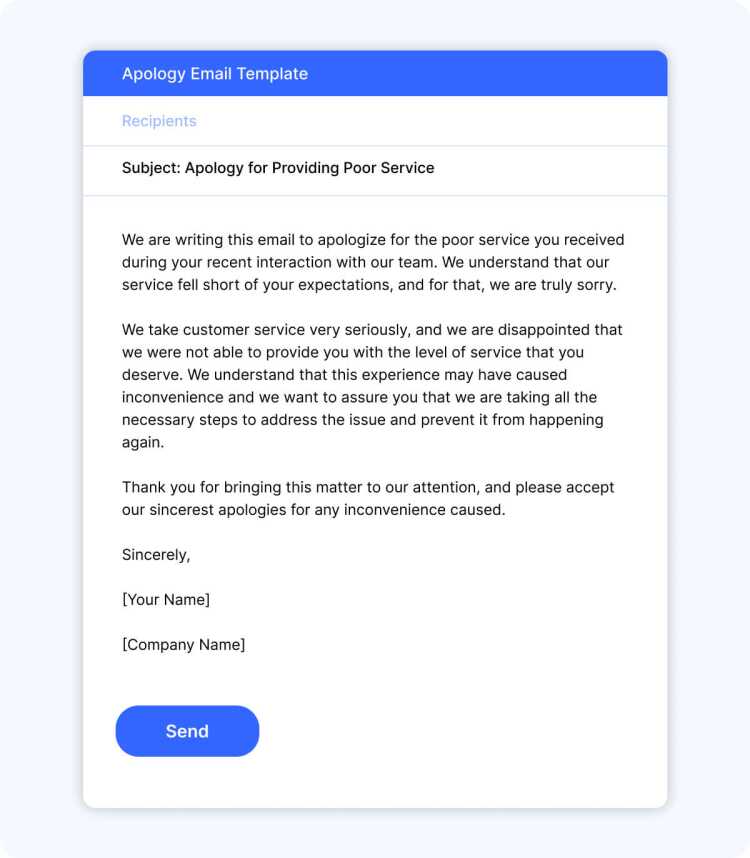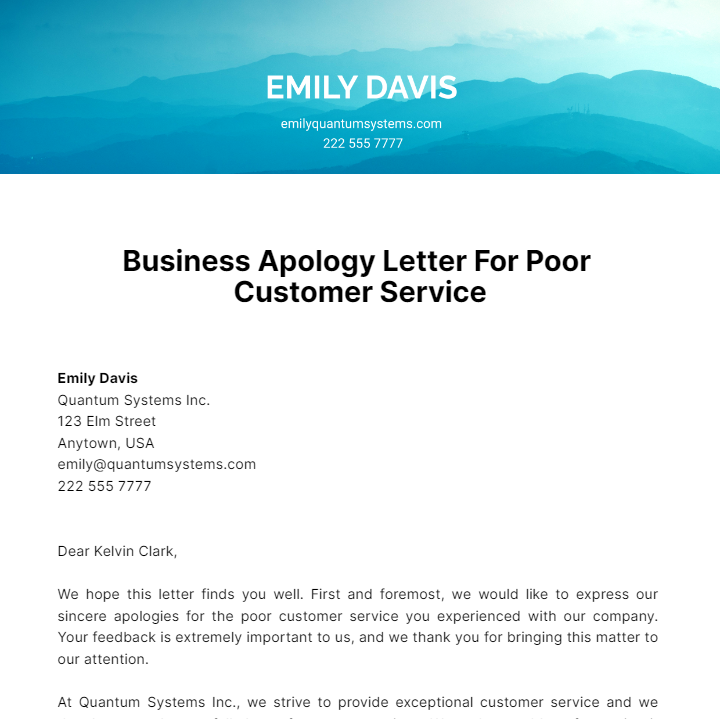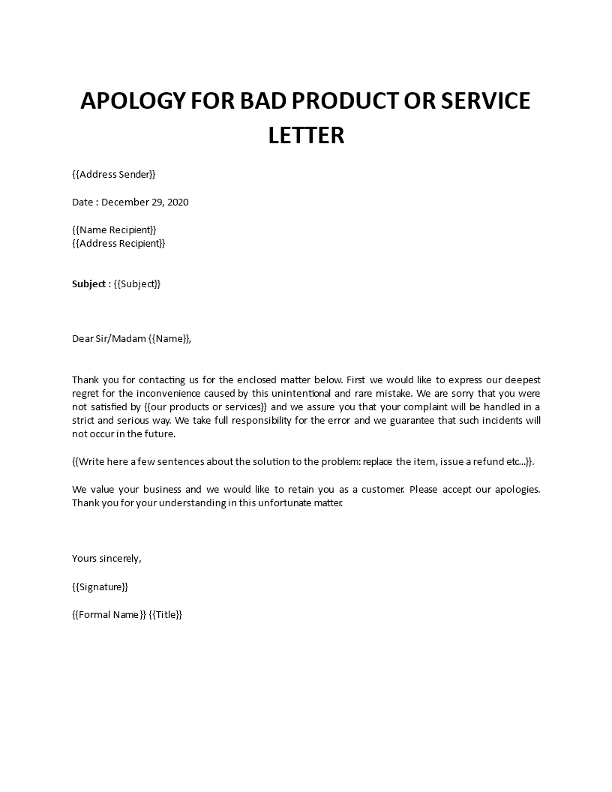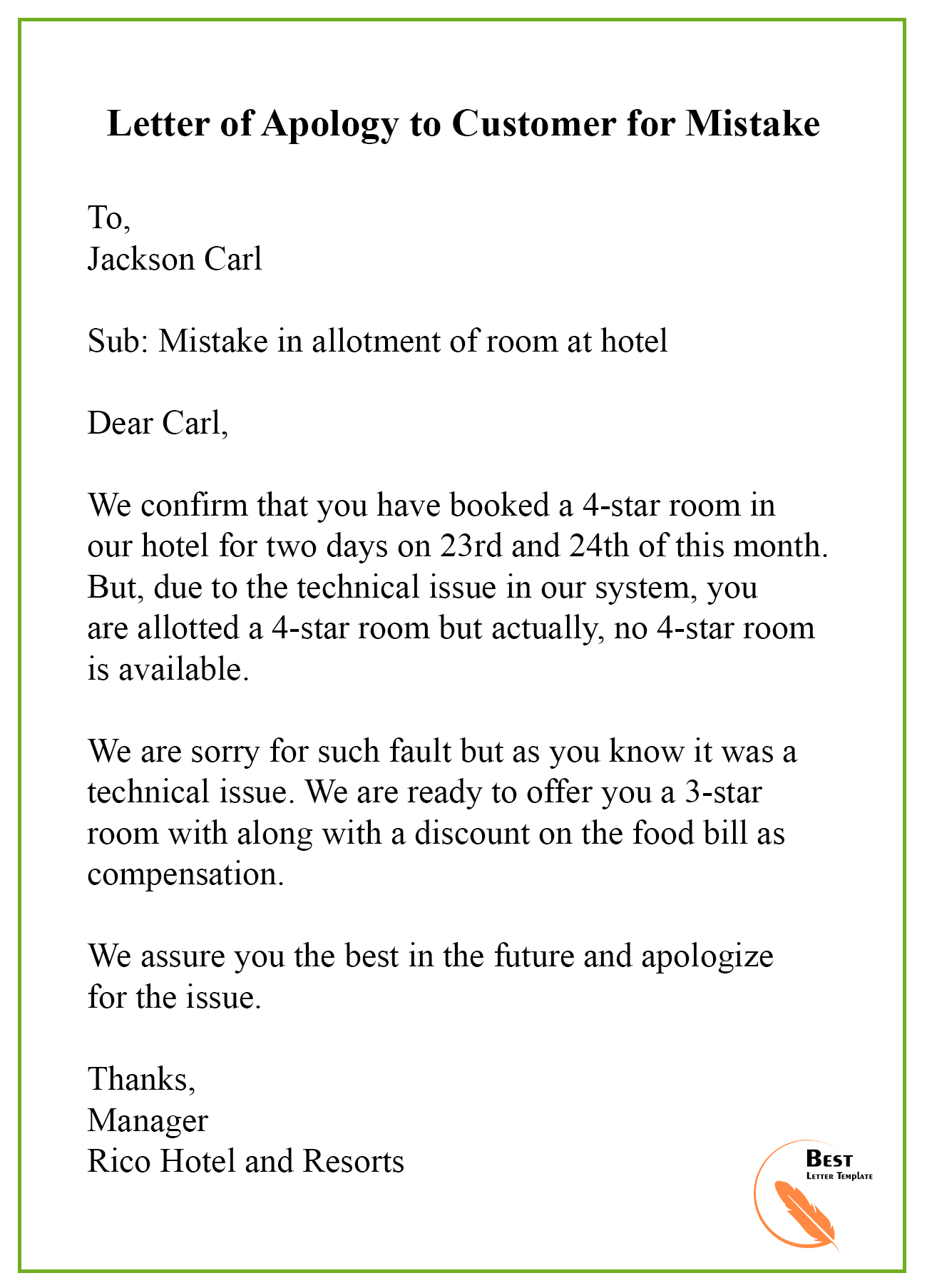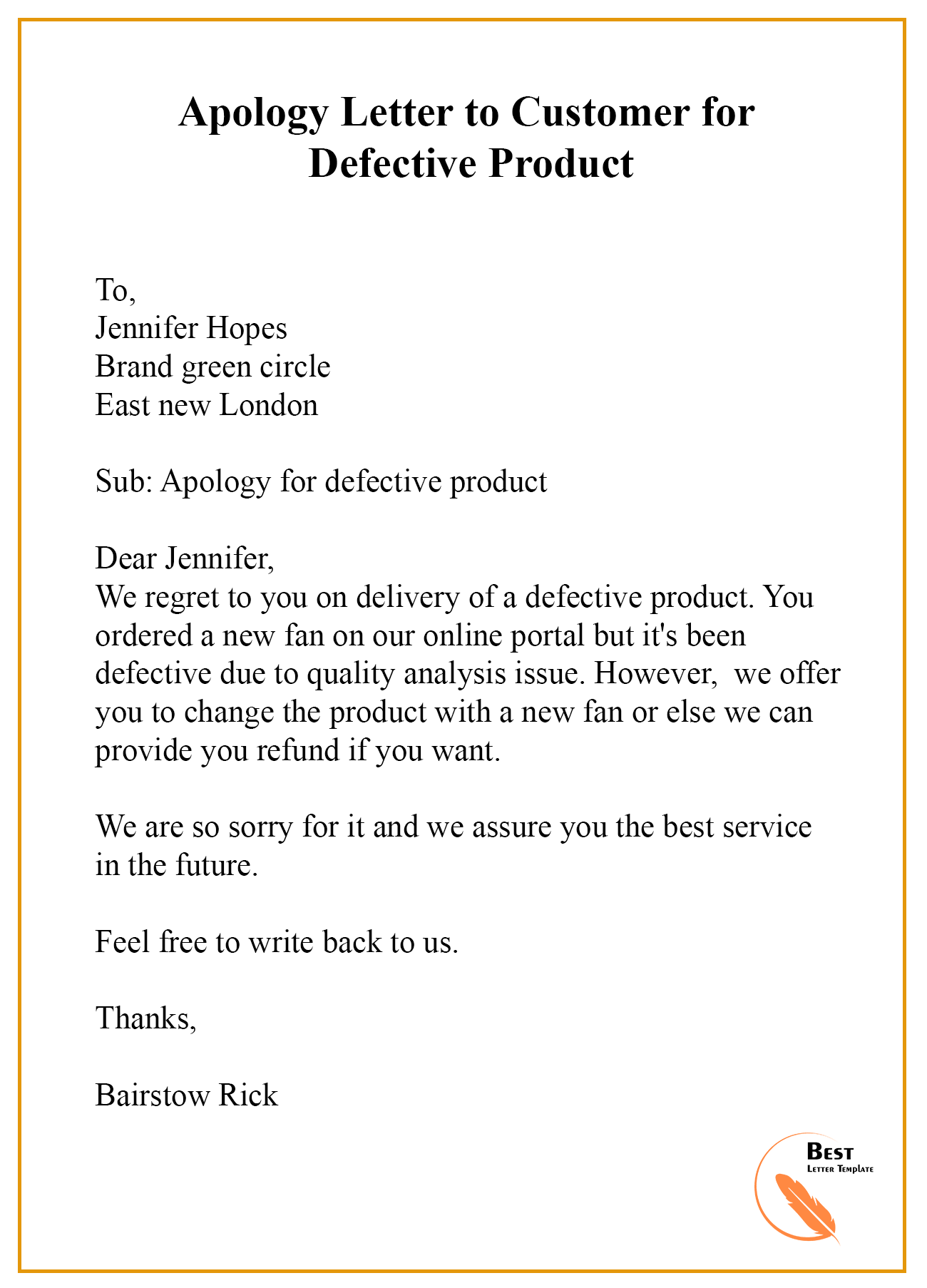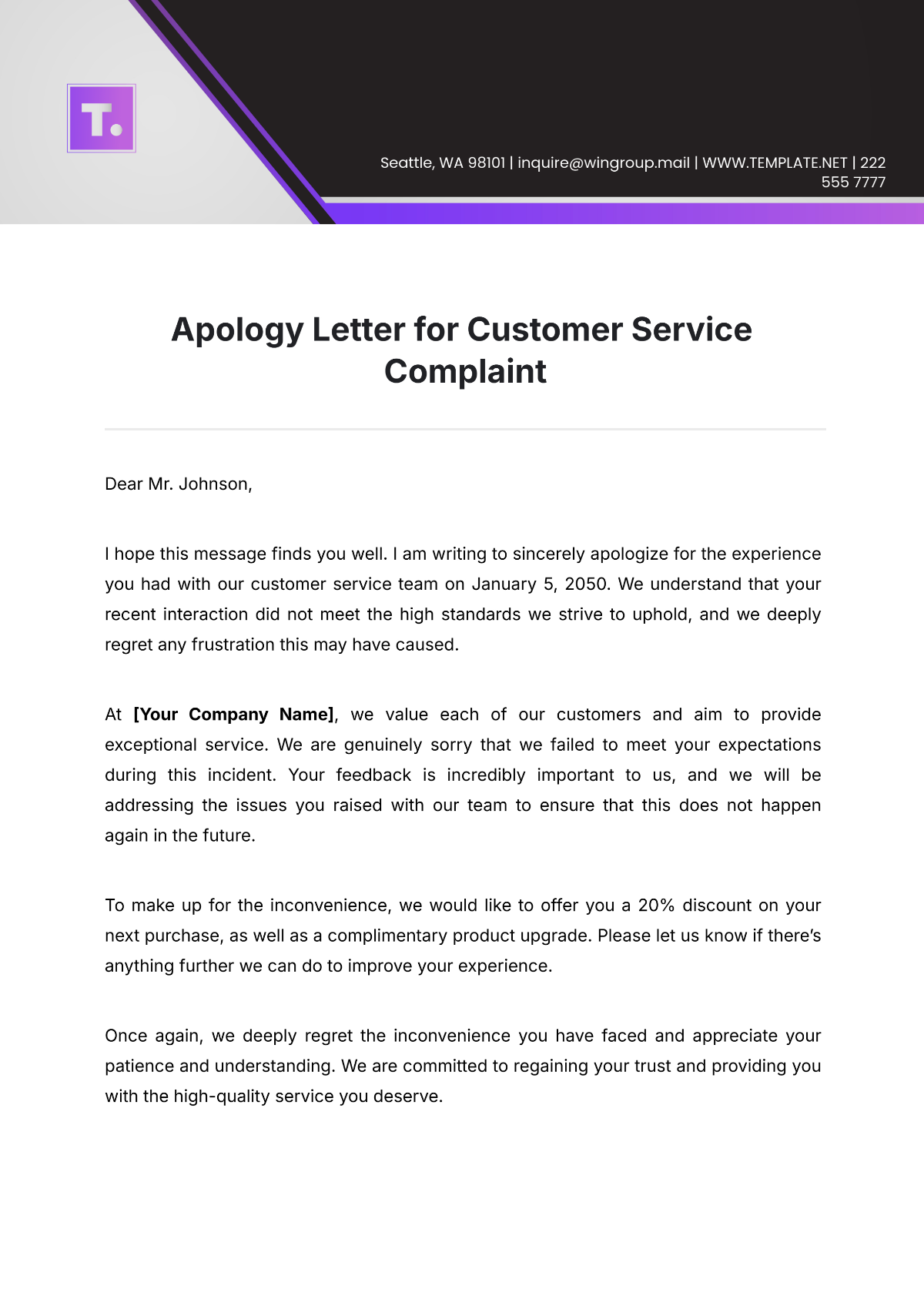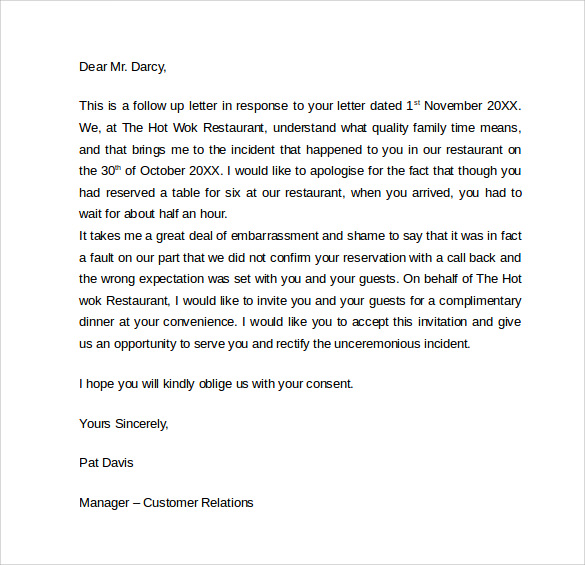How To Apologize To Customer For Bad Service
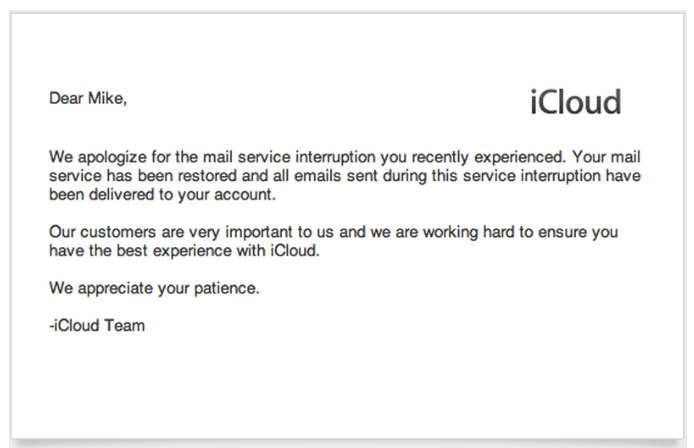
In today's competitive marketplace, a single negative customer experience can have far-reaching consequences. The ability to effectively apologize and rectify service failures is paramount for maintaining customer loyalty and safeguarding a company's reputation.
This article delves into the crucial art of crafting sincere apologies to customers who have experienced subpar service. We will explore the key elements of a well-executed apology and offer actionable strategies for businesses seeking to turn negative interactions into opportunities for growth.
Why Apologies Matter
A sincere apology is more than just saying "sorry." It's a powerful tool that can de-escalate tense situations and rebuild trust. According to a study by the Harvard Business Review, "customers who receive a sincere apology are more likely to forgive a company and return as loyal patrons."
This demonstrates the importance of taking ownership of the problem and demonstrating empathy. This can transform a disgruntled customer into a valuable advocate for your brand.
The Anatomy of a Good Apology
A well-crafted apology consists of several key components. These components, when combined effectively, can make a significant difference in the customer's perception of your business.
Acknowledge the Mistake
Begin by explicitly acknowledging the error or shortcoming. Avoid vague language or shifting blame. Use phrases like, "I understand we fell short of your expectations" or "We made a mistake, and I am sorry."
Express Regret and Empathy
Convey genuine regret for the inconvenience or frustration the customer experienced. Show empathy by acknowledging the customer's feelings. For example, "I understand how frustrating this must be for you."
Take Responsibility
Accept responsibility for the error without making excuses. Excuses can undermine the sincerity of the apology and further irritate the customer. As Dr. John Smith, a leading customer service consultant, explains,
"Customers want to know that you own the problem and are committed to fixing it."
Explain the Steps Being Taken to Resolve the Issue
Clearly outline the specific actions you are taking to rectify the situation. This could include a refund, a replacement product, a discount on future purchases, or a simple explanation of how the problem will be prevented from recurring. Be specific and realistic about the timeline for resolution.
Offer Reassurance
Reassure the customer that this type of error is not typical and that you value their business. Emphasize your commitment to providing excellent service in the future. This helps to rebuild confidence and encourages them to give you another chance.
Delivering the Apology
The method of delivery can be just as important as the content of the apology. Depending on the situation, a phone call, email, or in-person apology may be appropriate. "A personalized approach is often the most effective way to demonstrate sincerity," according to a report by Forrester Research.
When delivering the apology, maintain a calm and respectful tone. Active listening is essential. Allow the customer to express their concerns fully before responding.
Turning Negatives into Positives
While no business wants to make mistakes, effectively handling customer complaints can create unexpected opportunities. A well-executed apology can not only retain a customer but also strengthen their loyalty. When a company demonstrates a genuine commitment to customer satisfaction, it can foster a deeper connection with its clientele.
By implementing these strategies, businesses can turn negative experiences into opportunities for growth and build lasting customer relationships. Ultimately, mastering the art of the apology is an investment in the long-term success of any organization.

